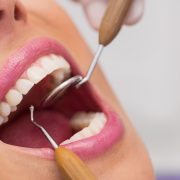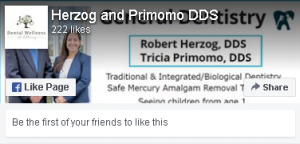What to Expect During Amalgam Filling Removal
Even though amalgam fillings were the standard for filling teeth for many years, many modern dentists have made the change to composite or resin fillings. Amalgam fillings contain mercury, which can pose a threat to the human body due to health concerns. At the office of doctors Herzog and Primomo, we not only don’t use amalgam fillings, but we also offer amalgam filling removal in Albany, NY.
The Preventative Steps
Removing mercury fillings should only be entrusted to a qualified dentist because mercury can pose risks to both the patient and the staff if not handled properly during the removal. Our dentists follow the Safe Mercury Amalgam Removal Technique (SMART), which means they will take several precautionary steps to make sure the procedure is safe, such as:
- Placing a nitrile dam around the tooth
- Using a stream of water to keep the filling cool during removal
- Using a high-powered device to suction both vapors and particles out of the mouth
The Removal Process
Before removal begins, you will be connected to an alternate air supply so you do not inhale any vapors as the filling is removed. The dentist will use a small tool to break up the existing filling and the suction to remove the vapors and particles from your mouth. The dentist may use a small instrument that actually fits over the tooth that pulls all vapors and material in as soon as it is broken loose from your tooth.
The New Filling
With all of the amalgam filling removed, the dentist will take steps to further clean up the tooth and the cavity. This step helps to eradicate any bacteria but will also ensure no residual mercury-laden particles remain. The new filling will then be installed.
Need Help with Amalgam Filling Removal in Albany?
If you have amalgam fillings you need to be removed, it is important to work with a well-trained Albany dentist for help. Reach out to our office to schedule an appointment today.






